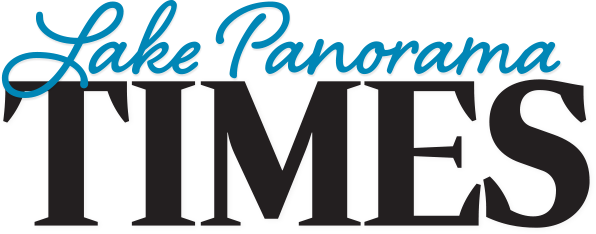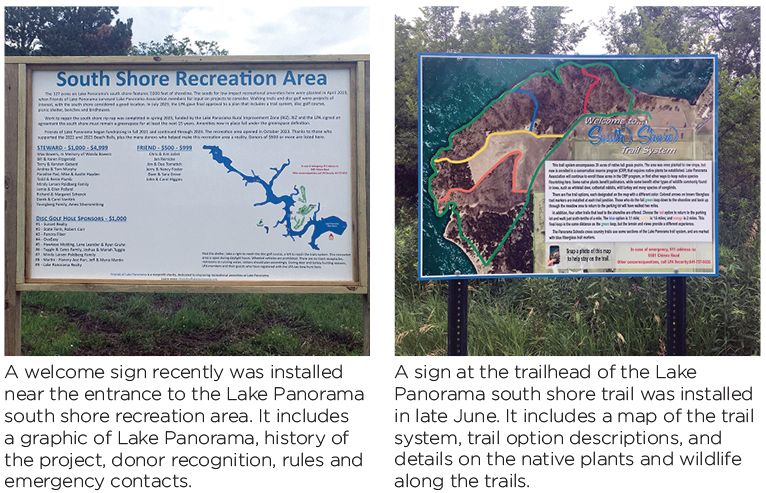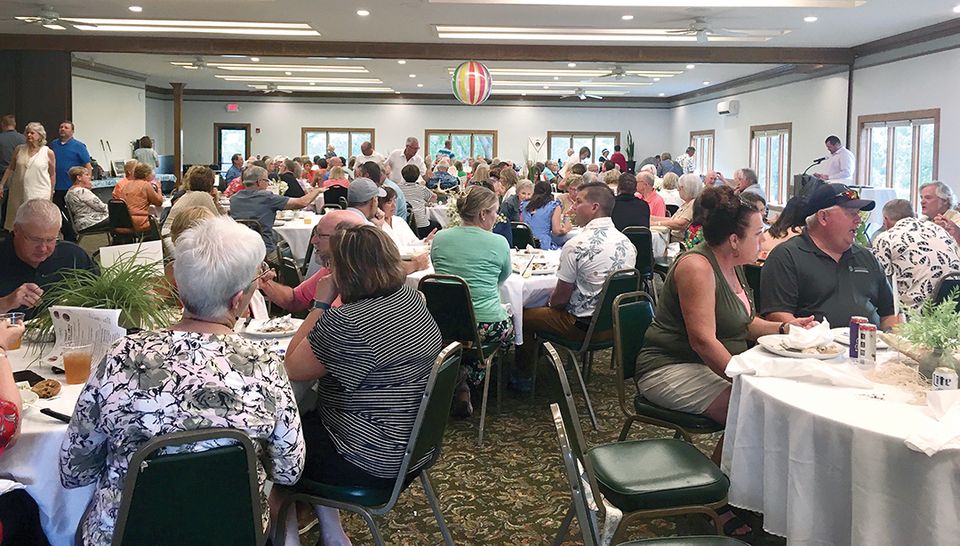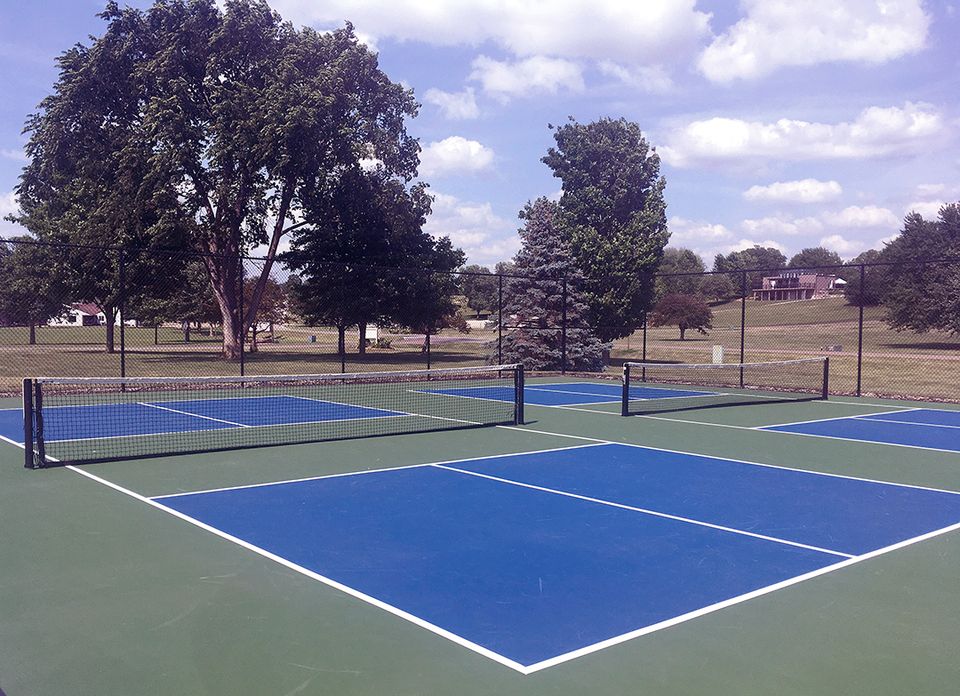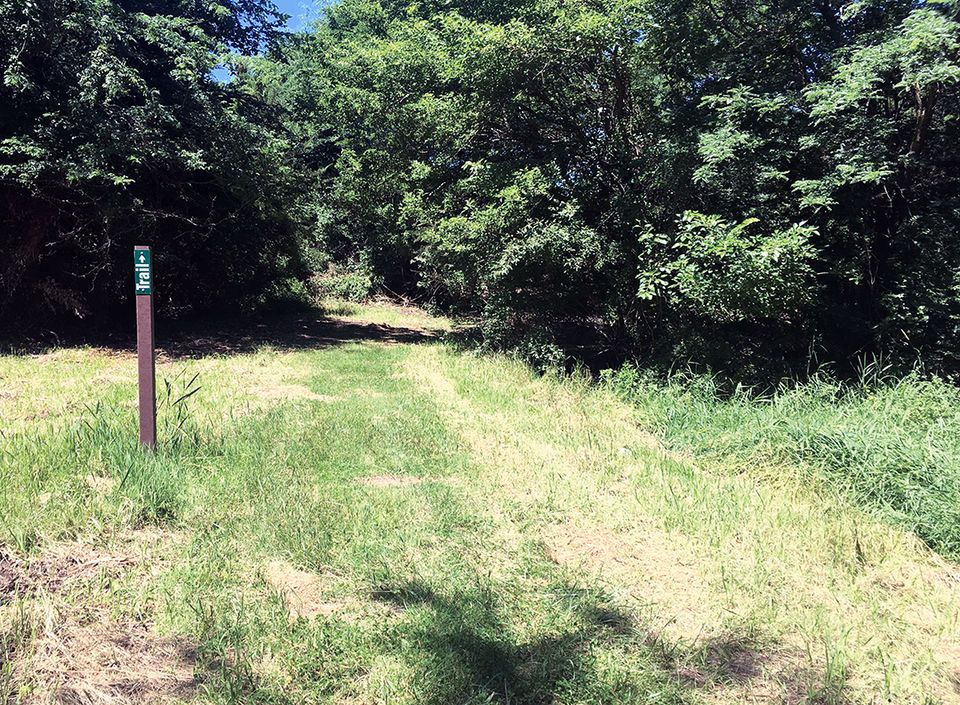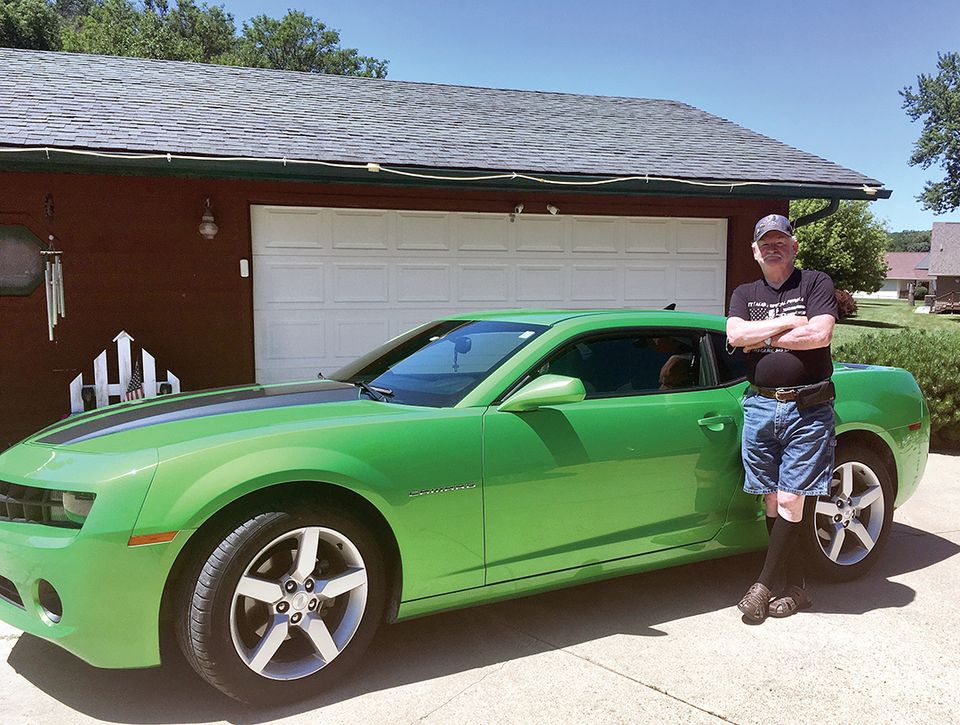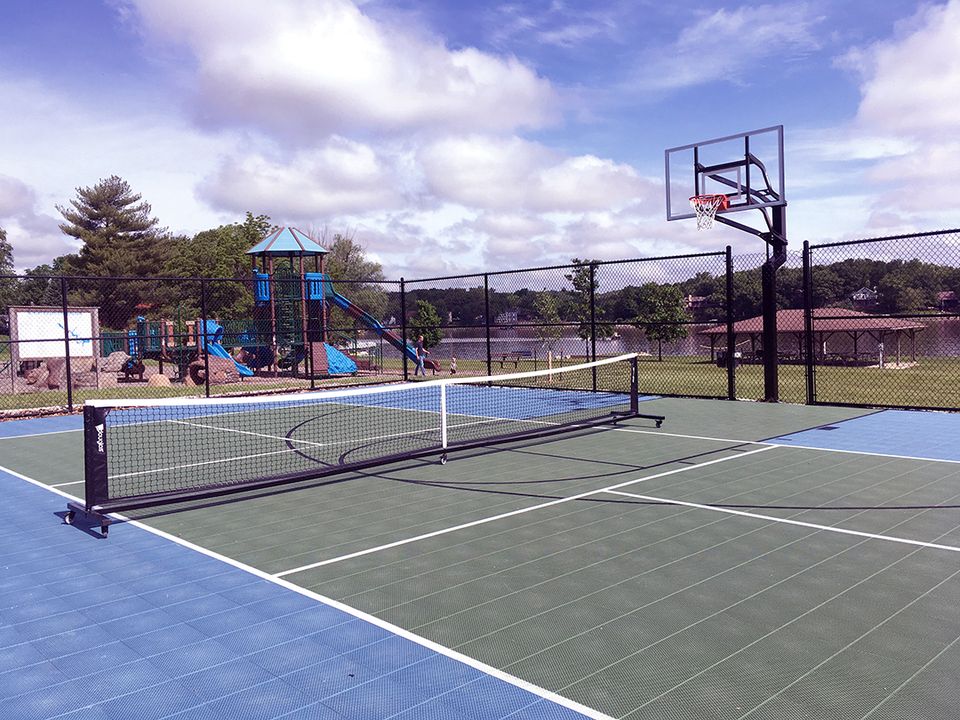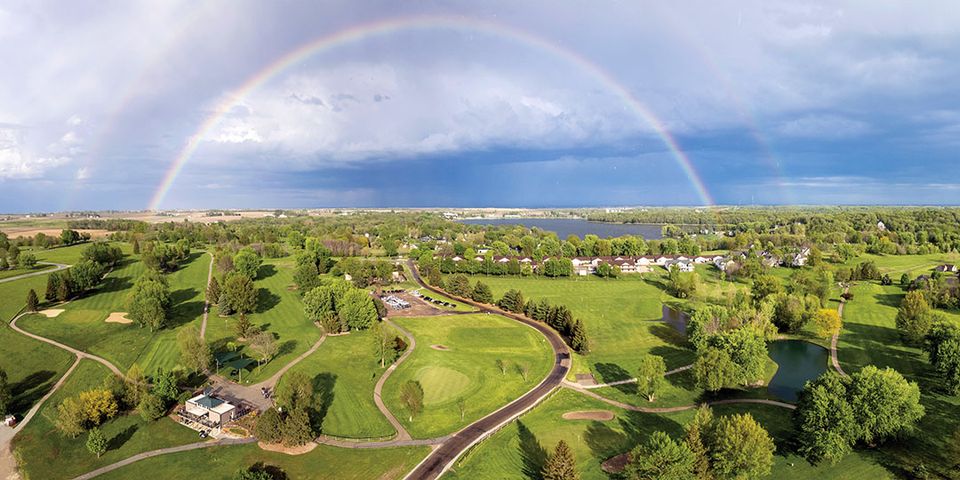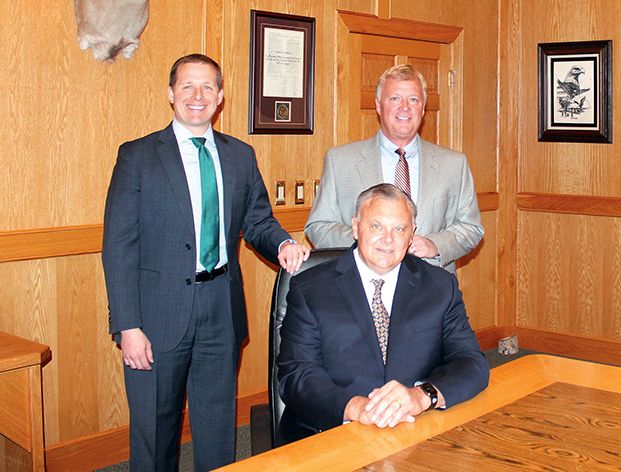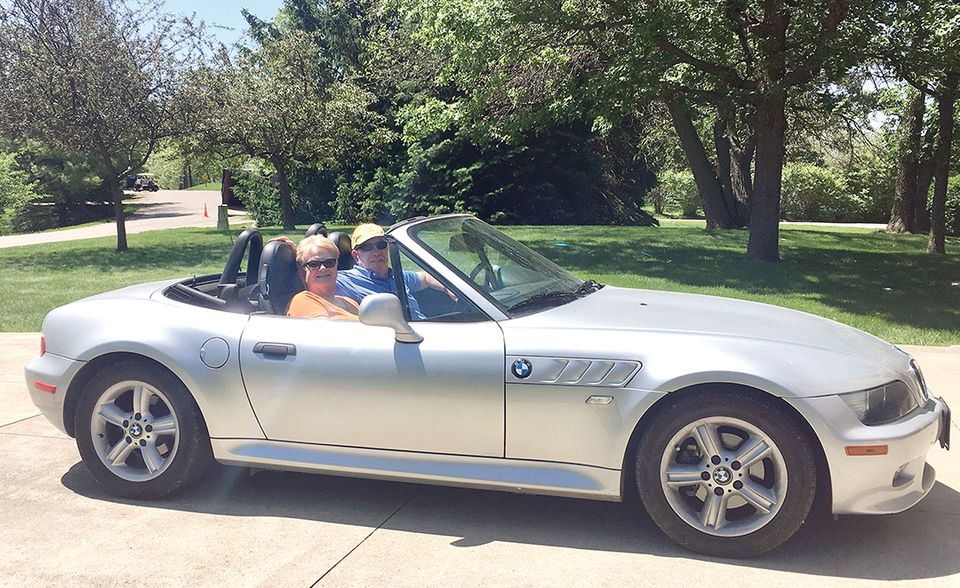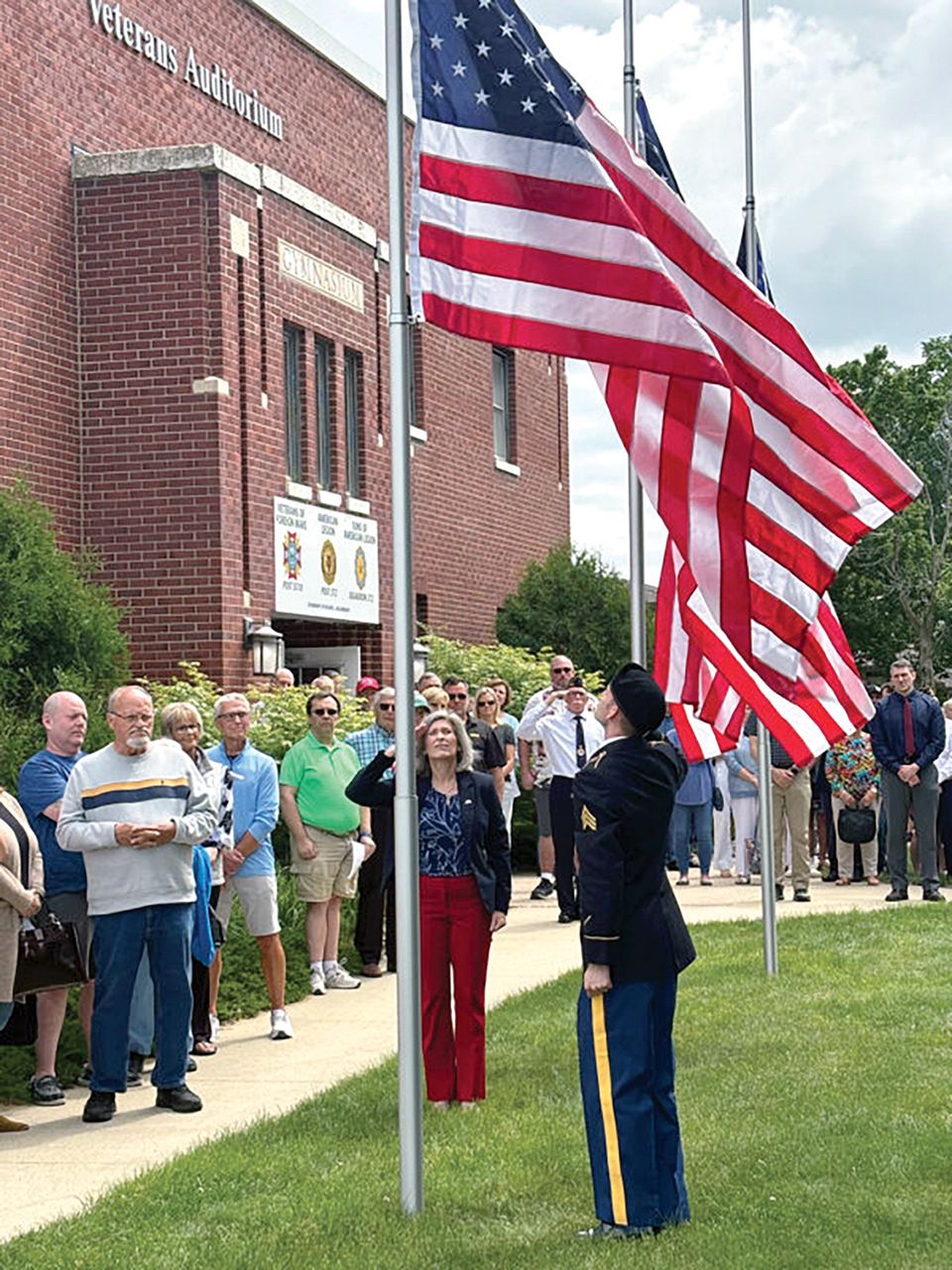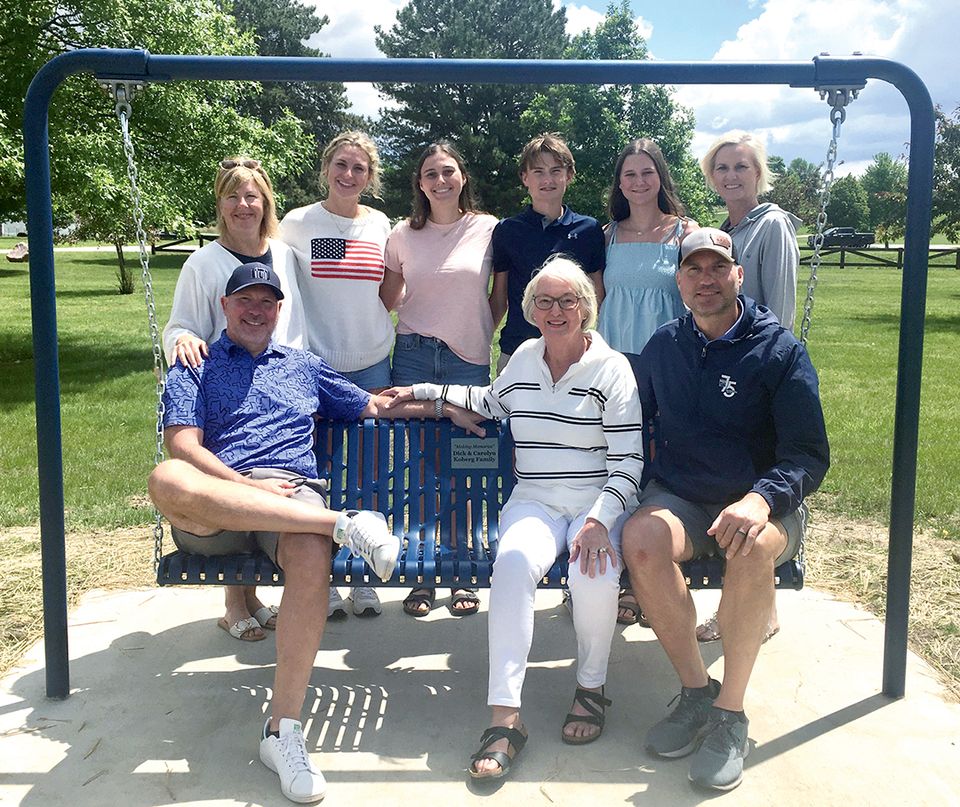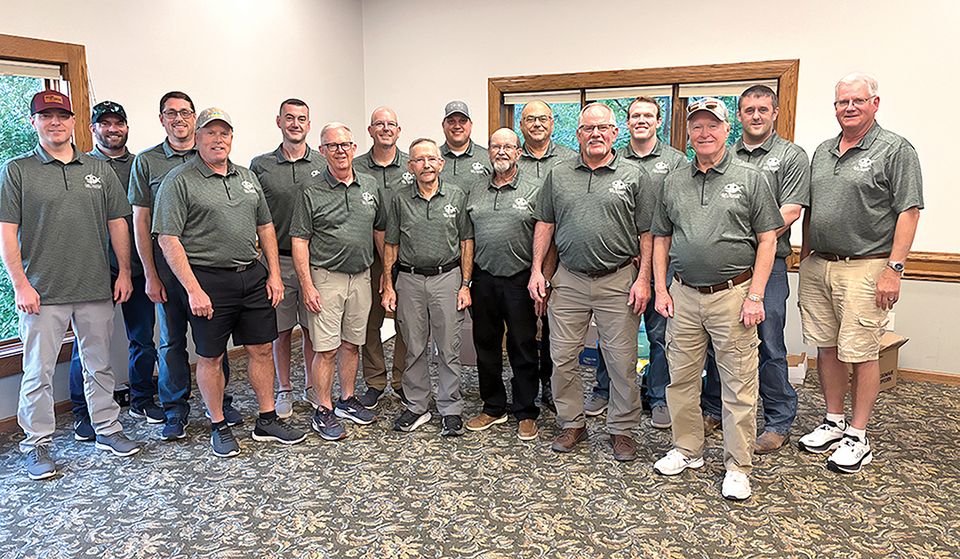
Posted 07/10/2024
Quick response. That sounds reasonable. Most all of us want to access information quickly and reliably. And why not?
A few decades ago, I attended a conference on Quick Response codes, or what we know commonly today as QR codes. The speaker shared how the scan codes were being used in Japan in point-of-purchase displays, billboards, emails, print ads, etc. We were provided with examples of how Japan was leading in the digital innovation, and that we should be ready for QR codes to gain traction in America. I was intrigued, so I read a book on the subject and started researching this new technology online.
I began to experiment with QR codes in a variety of applications, but they failed to truly take off at the time because a separate app needed to be installed to scan the codes — until recent years.
A little history. QR codes have roots back to original bar code technology, but most agree that the invention year was 1994 when Toyota wanted a new barcode system in its assembly line and Masahiro Hara from Denso Wave developed the QR code. The codes grew quickly in pharmaceutical practices, retail industries, marketing, social media and security.
The real growth came in 2002 when use of QR codes became widespread in Japan, pushed by the mobile phones with QR code-reading features. Years later, use skyrocketed in America when mobile phones were able to scan using the basic camera app installed on them rather than third-party software that had to be downloaded.
Then along came COVID-19. When restaurant owners feared having printed menus available on tables, they started requiring the use of QR codes to order drinks and food. As a result, many of us became much more comfortable with the process. Yes, even us Iowans. Tie it to food, and we figure it out. Amazing.
As part of an effort to connect our digital efforts more to our print publications, we will be implementing more QR codes into our news and advertising. In this issue, you will be able to view movie trailers from our film reviews, see the full schedule for Panorama Days, donate money to various causes, subscribe to our digital editions, submit a question to “Ask LPT,” respond to our “Where Is It contest,” submit photos and story ideas, access local church websites, place free classified ads and more.
Not familiar with QR codes? Open the camera app on your smart phone and point the camera to any of the links in this publication. It will identify the link and ask if you want to connect, which you should do. It’s that easy.
We can learn a few lessons from the QR technology:
First, follow the leader. In this QR technology example, and quite often, it is Japan.
Second, don’t give up on a great idea. The original intent may not turn out to be the ultimate use. (Think Viagra.)
And third, don’t wait for a pandemic to force you to try new technology. In this case, experimentation is good — and often free.
Have a great month, and thanks for reading.
Shane Goodman
Editor and Publisher
Lake Panorama Times
515-953-4822, ext. 305
shane@dmcityview.com
Quick response. That sounds reasonable. Most all of us want to access information quickly and reliably. And why not?
A few decades ago, I attended a conference on Quick Response codes, or what we know commonly today as QR codes. The speaker shared how the scan codes were being used in Japan in point-of-purchase displays, billboards, emails, print ads, etc. We were provided with examples of how Japan was leading in the digital innovation, and that we should be ready for QR codes to gain traction in America. I was intrigued, so I read a book on the subject and started researching this new technology online.
I began to experiment with QR codes in a variety of applications, but they failed to truly take off at the time because a separate app needed to be installed to scan the codes — until recent years.
A little history. QR codes have roots back to original bar code technology, but most agree that the invention year was 1994 when Toyota wanted a new barcode system in its assembly line and Masahiro Hara from Denso Wave developed the QR code. The codes grew quickly in pharmaceutical practices, retail industries, marketing, social media and security.
The real growth came in 2002 when use of QR codes became widespread in Japan, pushed by the mobile phones with QR code-reading features. Years later, use skyrocketed in America when mobile phones were able to scan using the basic camera app installed on them rather than third-party software that had to be downloaded.
Then along came COVID-19. When restaurant owners feared having printed menus available on tables, they started requiring the use of QR codes to order drinks and food. As a result, many of us became much more comfortable with the process. Yes, even us Iowans. Tie it to food, and we figure it out. Amazing.
As part of an effort to connect our digital efforts more to our print publications, we will be implementing more QR codes into our news and advertising. In this issue, you will be able to view movie trailers from our film reviews, see the full schedule for Panorama Days, donate money to various causes, subscribe to our digital editions, submit a question to “Ask LPT,” respond to our “Where Is It contest,” submit photos and story ideas, access local church websites, place free classified ads and more.
Not familiar with QR codes? Open the camera app on your smart phone and point the camera to any of the links in this publication. It will identify the link and ask if you want to connect, which you should do. It’s that easy.
We can learn a few lessons from the QR technology:
First, follow the leader. In this QR technology example, and quite often, it is Japan.
Second, don’t give up on a great idea. The original intent may not turn out to be the ultimate use. (Think Viagra.)
And third, don’t wait for a pandemic to force you to try new technology. In this case, experimentation is good — and often free.
Have a great month, and thanks for reading.
Shane Goodman
Editor and Publisher
Lake Panorama Times
515-953-4822, ext. 305
shane@dmcityview.com
